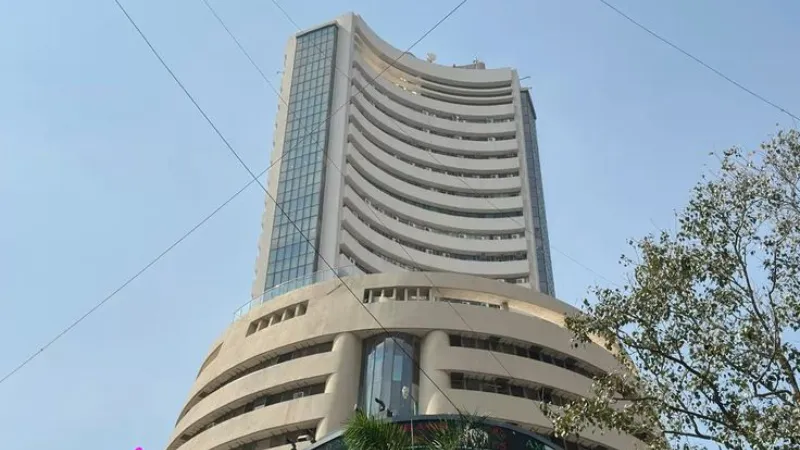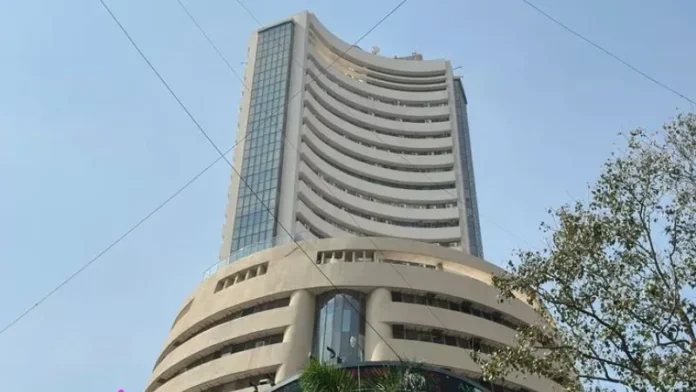
Dalal Street is the Wall Street of India, where every movement not only mirrors corporate earnings or global cues but also reflects the sentiments of millions of investors. The period from September to October was a rollercoaster ride marked by heavy volatility, heavy foreign selling, sectoral swings, and expectations from the festive season. In this article, we will discuss the recent movement on Dalal Street, so let’s begin.
Major Themes that Drove the Market
The following are the factors that drove the market:
FPI Selling
Foreign investors exited the Indian market aggressively, driven by US-India trade frictions, concerns over a hike in H-1B visa fees, and tariffs on Pharmaceutical imports.
Sectoral Impact
Sectors such as IT and Pharmaceuticals were dragged down by the markets due to geopolitical concerns, particularly the US-China trade war and its potential impact on Indian companies, which led to a cautious approach from investors, resulting in a drop in stock prices.
Domestic Optimism
Despite the challenges, domestic investors have shown remarkable resilience, holding onto hope for the RBI’s ‘dovish’ monetary policy stance. This more approach to interest rates and liquidity was expected to boost industrial output growth and the resilience of the banking, FMCG, and automobile sectors.
What’s Rising on Dalal Street?
Here are the top gainers on the Dalal Street:
Banking and Finance sector
The RBI’s ‘dovish’ stance on liquidity and interest rates boosted credit flow, along with rising demand for higher retail loans during the festive season, and improved the balance sheets of PSU banks.
Gainers stocks, like the State Bank of India and Punjab National Bank, saw significant hikes, rising by 7.49% and 9.42%, respectively, in the last 1 month.
Automobile Sector
The raw material prices reduced due to falling crude oil prices, which improved the sector’s margins. The rural demand recovery boosted the sales of 2-wheeler and tractors.
Companies like Maruti Suzuki and Tata Motors’ share prices rose by 7.57% and 4.64% in a month, over the expected rise in sales during the festive season, which has brought a sense of hope and optimism to the market.
Infrastructure Sector
The government’s unwavering focus on building roadways, railways, and power sector projects, coupled with strong order inflows and credit growth to the infrastructural segment, was the key driver for the sector. This long-term vision and commitment to infrastructure development bode well for the market’s future.
Larsen & Toubro shares rose by 2.67% over the last one month.
What’s Falling on Dalal Street
Here are the top losers on the Dalal Street:
IT Sector
The IT sector faced challenges due to weak global demand, concerns over H-1B visa fee hikes, and a strong U.S. dollar, which squeezed the margins of IT exporters.
Stocks like TCS and Infosys dropped by 6.34% and 3.53%, respectively, in the last month.
Pharma Sector
The U.S. 100% tariffs on patented drug imports from India hurt the sector. The pricing pressure on generic drugs reduced the profit outlook.
Over the last month, Cipla and Biocon shares have dropped by 3.67% and 2.61%, respectively.
Looking Forward
As we move towards the festive season, following trends and triggers will shape the market ahead:
- Muhurat trading has consistently delivered positive returns. Festive demand in the automobile, banking, FMCG, and jewellery sectors is expected to stay strong.
- A decline in crude oil prices will ease input costs for the automobile, aviation, paint, and manufacturing sectors.
Conclusion
The recent movements in the markets reflect the ongoing tug-of-war between global market uncertainties and domestic resilience. While indices are struggling, investors are looking for opportunities in the upcoming festive season.





